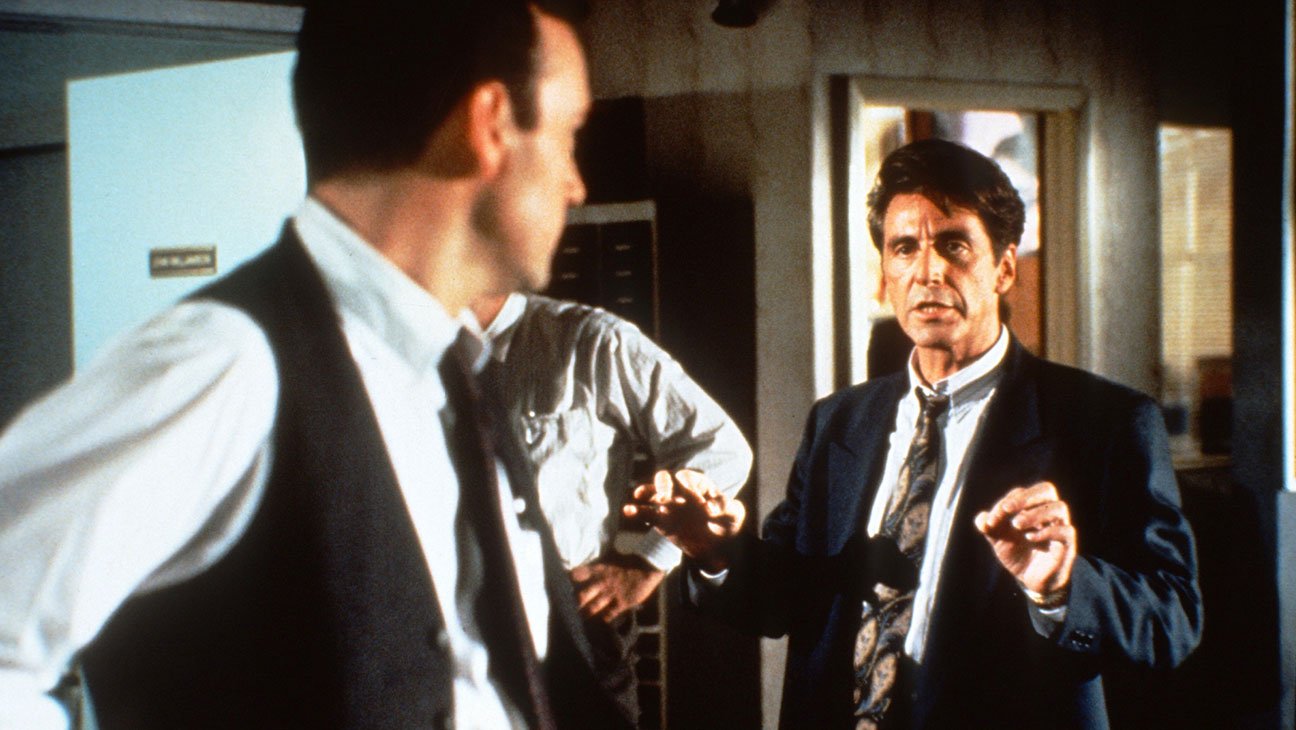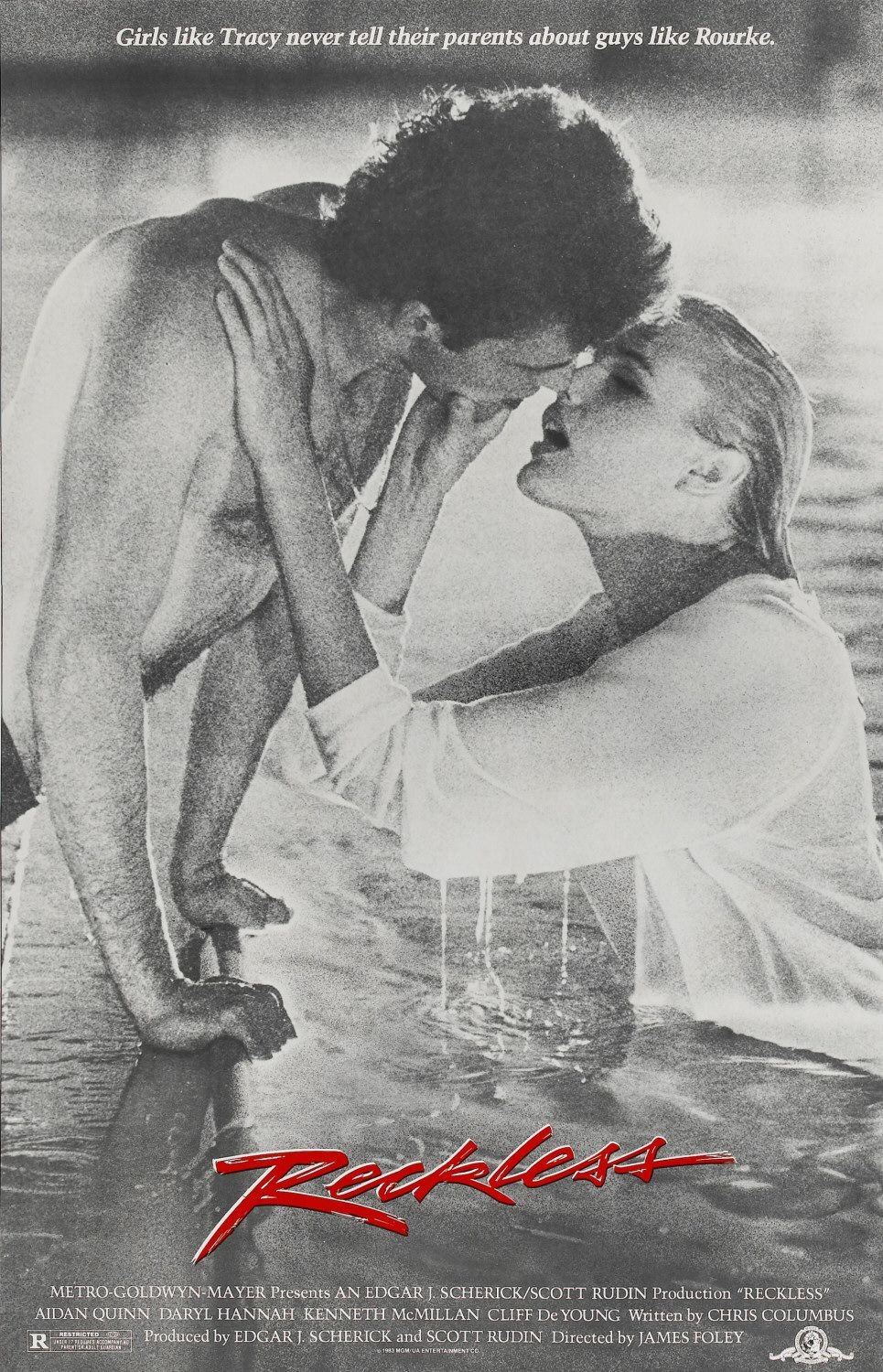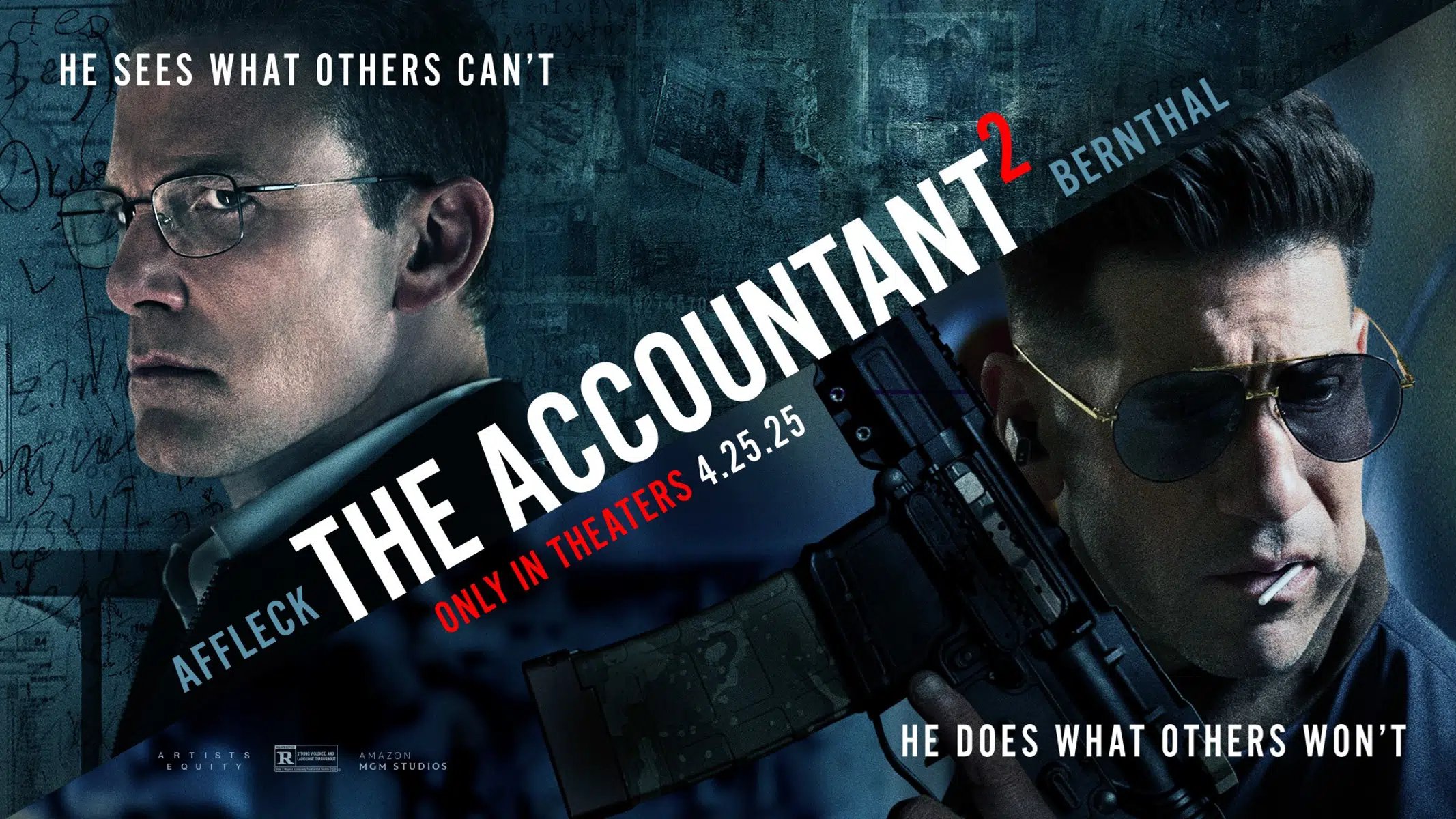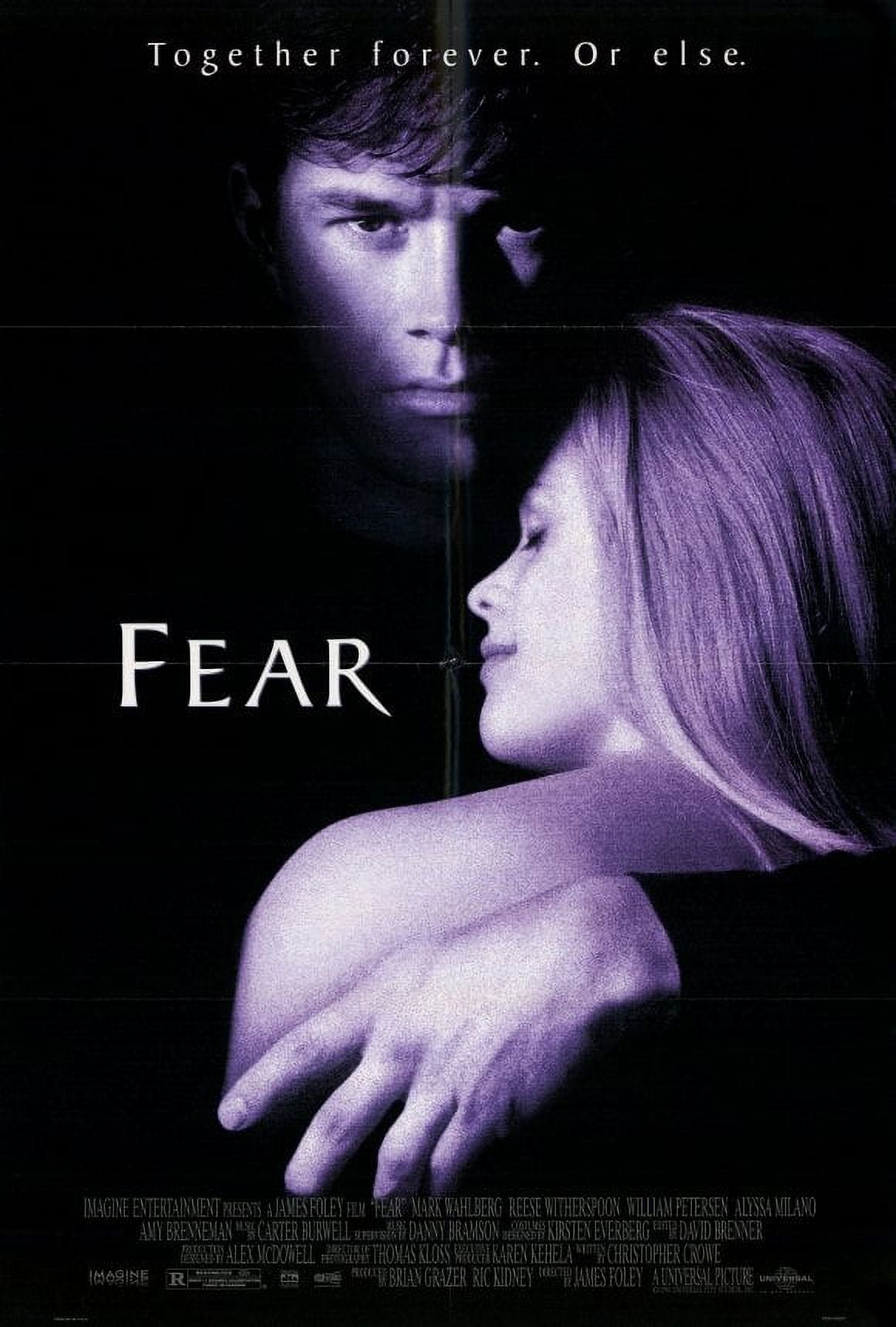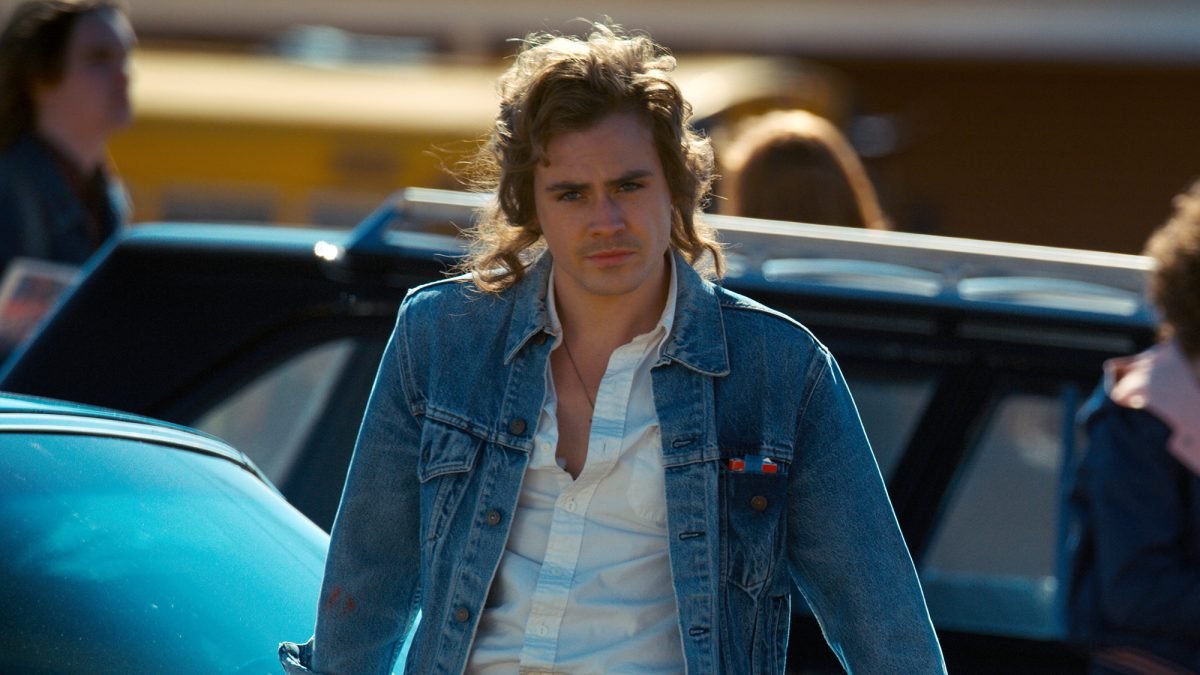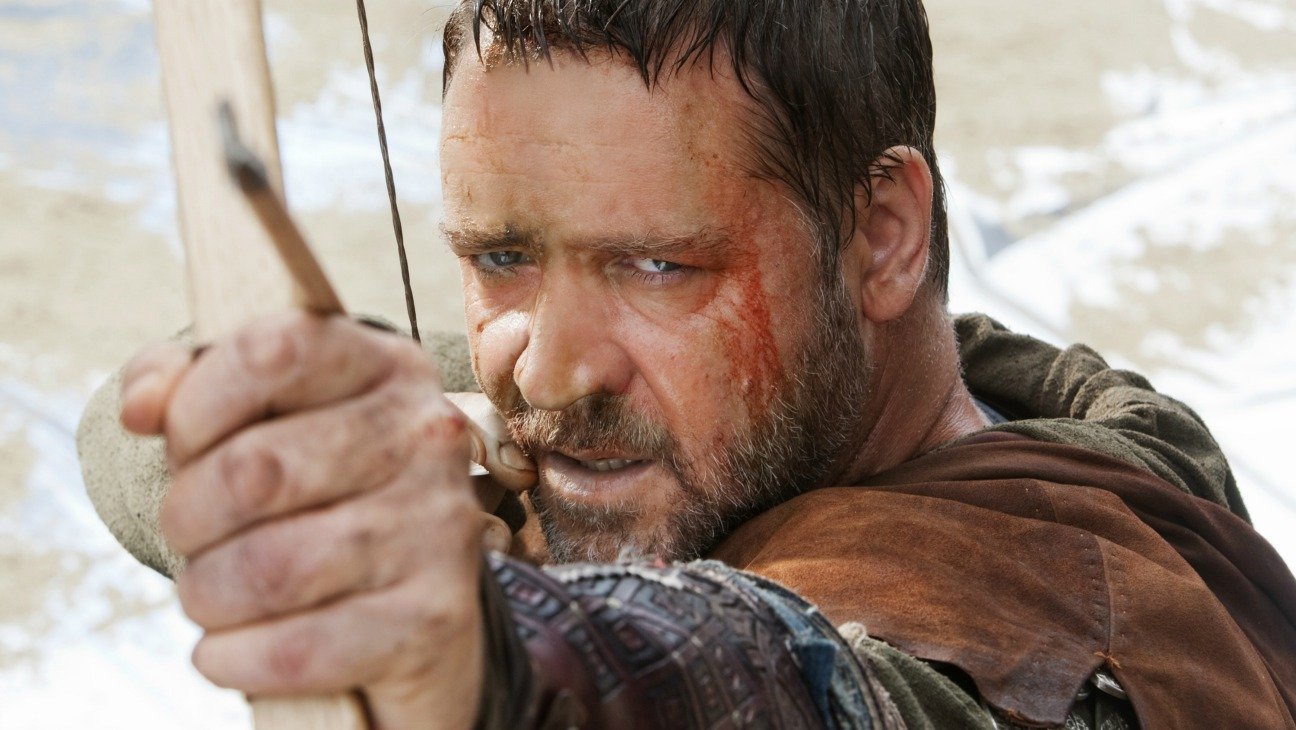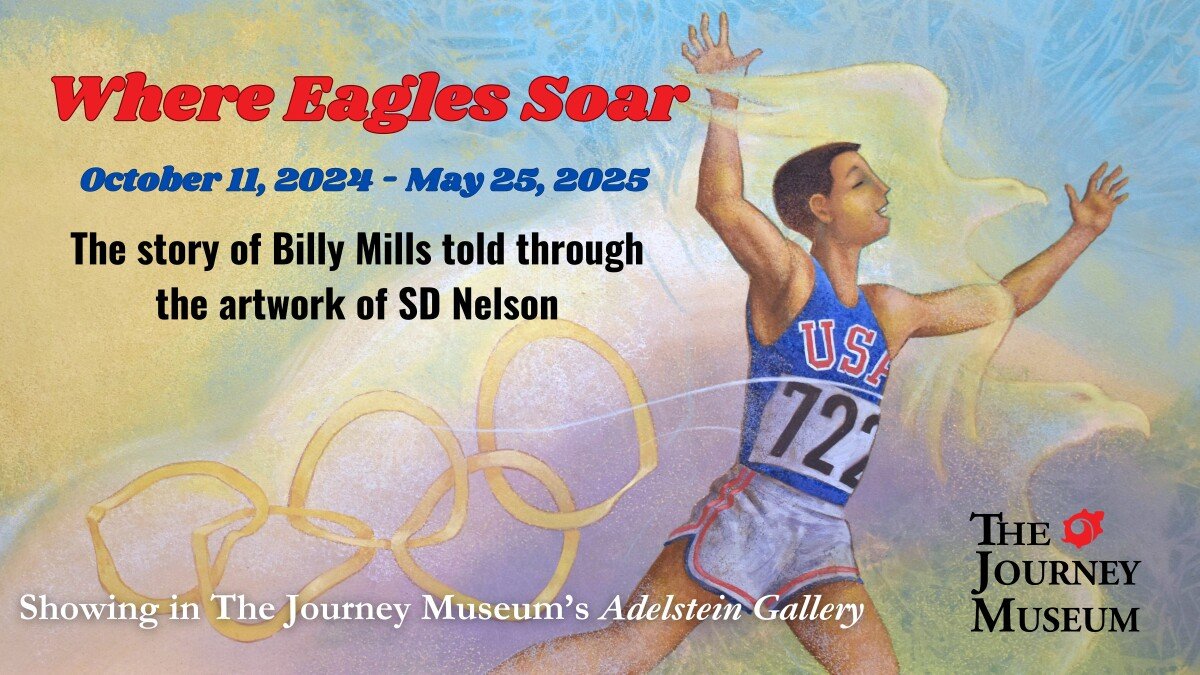James Foley, best known for directing the seminal drama Glengarry Glen Ross (1992) and later taking the reins on the Fifty Shades sequels, has died at 71. His death was reported on May 8, 2025, and the cause was brain cancer, a struggle he fought in recent years. Foley’s directing career, which lasted over four decades, spanned both film and television. From his roots in New York to shaping intense ensemble dramas and romantic blockbusters, his influence is evident on the screen and within the industry. Foley’s story is one of both critical success and mainstream appeal, and his loss marks the end of an era for American filmmakers.
Fans and colleagues alike are mourning Foley’s passing, remembering him as a director whose works explored human complexity and ambition. His filmography ranges from gritty, dialogue-driven pieces to Hollywood thrillers and hit television dramas. With this legacy, James Foley remains a fixture in conversations about American film and television in the late 20th and early 21st centuries.
Legacy in American Cinema
James Foley’s name resonates with audiences who appreciate the intersection of sharp storytelling and visual storytelling in American cinema. His direction on Glengarry Glen Ross turned a Pulitzer Prize-winning play into a film classic, and his career arc showcases remarkable versatility. Foley consistently gave audiences films and shows that emphasized depth and nuanced performances, making him a director sought after by actors for generations.
Foley’s body of work contributed to cinema’s ongoing conversation around ambition, integrity, and desperation. He was often praised for drawing out powerful performances and creating tension using close dialogue and tight framing. His approach inspired both contemporaries and new filmmakers, particularly those interested in adapting stage works or creating character-driven stories.
Over a span of 40 years, Foley not only captured the voices of the times but also helped shift the expectations of genre films and television dramas. Through a combination of critical darlings and box-office successes, he made an indelible mark on how stories could be told.
His distinguished reputation in Hollywood is also reflected in awards recognition, including a Golden Lion nomination at the Venice Film Festival. Foley’s directing shaped trends and influenced the talent who worked with, and under, his guidance. His films continue to be celebrated in retrospectives and cinema studies programs, underscoring a legacy that remains vital to American film history.
Early Life and Education in New York
James Foley was born in Bay Bridge, Brooklyn and raised in Staten Island. This New York City upbringing would later color his approach to cinema, giving many of his films an edge of realism and grit. The early years spent in varied neighborhoods offered Foley a unique perspective on character and atmosphere, insights that proved essential in his future work.
He attended the State University of New York at Buffalo, where he completed his undergraduate studies. While at SUNY Buffalo, Foley began to cultivate an appreciation for the arts, particularly filmmaking, which led to his next step. He then attended the University of Southern California, where he received an M.F.A. in film study and production – a program known for producing Hollywood’s top creative talents.
This grounding in both the theory and techniques of film would serve him well in his career. While at USC, Foley cultivated his directing style and earned the support of mentors and peers. His blend of East Coast sensibility and formal South California training set him apart, allowing him to move seamlessly between genres and media as he advanced from student to professional director.
Breakthrough with Reckless
Foley’s directorial debut, Reckless (1984), was written by Chris Columbus and starred Aidan Quinn and Daryl Hannah. The film’s release marked an important transition in Foley’s career – from student filmmaker to professional director. Reckless was a success, grossing over $8.3 million against a modest $3 million budget. This financial outcome was noteworthy for a first-time director working with new stars, demonstrating both Foley’s skill and early promise.
The film is a coming-of-age romantic drama that explores themes of risk-taking and outsider discontent. Foley’s direction impressed critics and industry insiders by combining atmospheric style with grounded performances. The work signaled a director unafraid of tackling emotional volatility and adolescent rebellion, two themes that would recur in various forms throughout his career.
Reckless proved that strong storytelling and character work could yield commercial results, helping Foley secure opportunities on larger projects. Actors and producers began to take notice of Foley’s ability to blend indie edge with mainstream sensibilities. The film’s positive reception set the stage for further high-profile adaptations and more complex narratives in the following years.
Defining Success: Glengarry Glen Ross
James Foley’s signature achievement remains his 1992 adaptation of Glengarry Glen Ross, based on the celebrated play by David Mamet. Released on October 2, 1992, this film is still celebrated for its masterful performances and tight, character-driven suspense. Foley’s work brought together a powerhouse ensemble cast – Al Pacino, Jack Lemmon, Alec Baldwin, Alan Arkin, Ed Harris, and Kevin Spacey – and translated Mamet’s sharp dialogue to the screen without losing the tension of the play.
The story centers on desperate real-estate salesmen as they compete for survival during a make-or-break sales contest. The film’s post-Reagan era cynicism and exploration of ambition resonated with a generation of viewers and critics. Foley effectively captured the claustrophobic anxiety of the sales office, emphasizing both the comedy and tragedy in Mamet’s writing.
For his work, Foley was nominated for the Golden Lion at the Venice Film Festival. The enduring relevance of Glengarry Glen Ross is reflected in frequent revivals and continual discussions in film circles. The film has since become a point of reference for aspiring directors – particularly those interested in adapting plays for the screen.
Glengarry Glen Ross’s legacy is evident in its continued citations as one of the best film adaptations of a stage play. Foley’s direction set a standard for ensemble-driven storytelling and the subtle use of camera movement to amplify tension. The film remains a staple of film education and an oft-referenced work in industry discussions about performance, dialogue, and adaptation.
Also Read
The Accountant 2 Surpasses Ben Affleck’s Early Films at the Global Box Office
Continued Impact in the 1990s
After Glengarry Glen Ross, Foley continued to direct several high-profile films through the 1990s. Titles like Two Bits (1995), Fear (1996), and The Corruptor (1999) illustrate his range. With “Fear,” Foley shifted into psychological thriller territory, guiding young leads Mark Wahlberg and Reese Witherspoon and building cult status among fans.
These films extended Foley’s influence beyond gritty dramas. He experimented with tone and pacing, ranging from sentimental coming-of-age narratives to dark, violent crime thrillers. “The Corruptor” with Chow Yun-Fat and Mark Wahlberg, for example, paired cop drama with themes of loyalty and betrayal in New York’s Chinatown.
Foley’s ’90s films showcased his growing ability to blend commercial viability with thoughtful directorial style. Each project offered Foley opportunities to experiment with structure and visual motifs, especially as he worked with younger actors building their careers.
Critical and audience response to these films reiterated the director’s adaptability and continued relevance in Hollywood. In an era marked by genre experimentation, Foley’s output stood out for its consistent attention to performance and strong visual identity.
Also Read
Dacre Montgomery Sets Sights on The Engagement Party With Major Star Power
Expanding into Television
Foley further expanded his directorial range through prominent work in television. He directed episodes for acclaimed shows such as Twin Peaks, Hannibal, House of Cards, and Billions. These series, known for their complex characters and dense plots, fit Foley’s strengths and enriched his storytelling toolset.
By contributing to these shows, Foley was able to reach a broader audience, many of whom experienced his work in the serialized television format before revisiting his films. His time in TV showed a deft command of pacing and character arcs, which are much more drawn out than in film.
“House of Cards,” in particular, became an early streaming sensation and let Foley exercise his gift for political intrigue and tense dialogue. His episodes often stood out for their measured suspense and the way he got nuanced performances from large ensemble casts – including Kevin Spacey, who also starred in Glengarry Glen Ross.
This transition to television underscored Foley’s adaptability and gave him renewed relevance in the digital age. His work in TV is credited with helping to set visual and narrative standards for a new era of adult drama, influencing both peers and new generations of creators.
Also Read
Russell Crowe’s Robin Hood Finds New Life on Streaming Despite Rough Reviews
Taking the Helm of the Fifty Shades Series
In 2017, James Foley took over the directorial duties of the Fifty Shades film franchise, following the departure of original director Sam Taylor-Johnson. Foley directed Fifty Shades Darker (2017) and Fifty Shades Freed (2018), bringing his signature dramatic flair to the adaptations of E.L. James’ bestselling novels.
These two films were significant for Foley – they returned him to the Hollywood spotlight and introduced his work to a large, international audience. The movies were box-office successes, each grossing hundreds of millions globally. While the franchise was not universally beloved by critics, Foley’s direction helped anchor the films with a more cinematic sensibility, capturing both the romance and melodrama fans expected.
Foley leveraged his experience with intense character drama to give the series a stylistic boost, making the later entries visually sleek and tightly paced. The transition from indie films and television to big-budget, high-stakes franchise moviemaking illustrated his capacity for adaptation and growth as a director.
For younger moviegoers, these films served as their introduction to Foley’s directorial eye, ensuring his continued relevance in popular culture right up until his final years as a working filmmaker.
Also Read
Ms. Marvel and The Last of Us Stars Join Forces for AI Sci-Fi Horror Othermor
Courage Through Illness
Foley’s final years were marked by a private yet determined fight with brain cancer. Despite his illness, he continued working, demonstrating considerable resilience. News of Foley’s passing came via a representative’s statement to The Hollywood Reporter, confirming that he died earlier in May 2025.
During his battle with cancer, Foley remained committed to his craft. Friends and collaborators described him as determined to maintain creative momentum, drawing on a lifetime of dedication to the art of filmmaking. His diagnosis and subsequent decline were met with an outpouring of support from the creative community and fans alike.
Though illness ultimately ended his career, it did nothing to diminish his legacy or the impact of his work. Many noted the strength and dignity with which he faced his health challenges, choosing to stay engaged with projects as long as possible. His final public appearances were marked by both gratitude and humility, a testament to his character beyond film sets and studios.
Hollywood Tributes and Reactions
The announcement of James Foley’s death sparked an immediate outpouring of tributes from across Hollywood and the film community. Actors, directors, producers, and writers took to social media and provided statements recalling Foley’s influence and kindness.
Also Read
Ralph Fiennes Steals the Spotlight in New 28 Years Later Image
Many in the industry remembered Foley’s unique directing style and his generosity on set. Frequent collaborators and stars – those who worked on Glengarry Glen Ross and the Fifty Shades series – shared personal memories of Foley’s mentoring and support. His ability to bring out career-defining performances was a common thread in tributes.
Film critics and scholars also weighed in, highlighting Foley’s contributions to both American independent cinema and the mainstream. Several retrospectives and marathons of his work were announced just days after his passing. The Venice Film Festival released a statement acknowledging his Golden Lion nomination for Glengarry Glen Ross as a hallmark of his legacy.
Fans organized online watch parties and discussed their favorite scenes from his films, demonstrating the lasting affection that audiences had for his work. These heartfelt remembrances underscored how much Foley’s direction meant to so many people within and outside the industry.
Enduring Influence on Filmmakers
James Foley’s influence continues to shape filmmakers and storytellers. Directors who admire performance-driven cinema often cite his work, while writers look to his adaptations for lessons in structure and tension. Foley was known for his meticulous detail and for creating an environment where actors could push boundaries.
Also Read
Alan Ritchson’s Action Thriller ‘Runner’ Faces Setback After Dan Spilo Fired
Film schools and festivals frequently reference Foley’s techniques, particularly his approach to adapting plays and building believable rapport among ensemble casts. His films are used as study materials for both directorial craft and screenwriting, especially in discussions about balancing dialogue and visual storytelling.
Younger directors working in both indie and mainstream spaces have publicly thanked Foley for inspiring their approach to filmmaking. He demonstrated that a career could include both critical favorites and commercial hits, blending genres and styles without losing the throughline of strong storytelling.
Foley leaves behind not only a filmography but also mentorship and a creative spirit that will inform the next wave of directors, writers, and producers. His work remains in circulation, both on streaming platforms and in film retrospectives, ensuring that his creative vision continues to spark new careers and fresh approaches in American cinema.
